Traditional Korean Medicine: Hanyak, Sasang, and Medicinal Herbs
Last Updated on May 2, 2025
With a pretty traditional Korean mother-in-law, I’ve been given a variety of more holistic remedies over the years and as someone who is more inclined toward holistic medicine over modern, I’m okay with that. But, there’s a lot to know and remember and a lot to know when it comes to Hanyak, Hanbang, and Sasang.
There is so much to learn when it comes to traditional Korean medicine. I have to wager a guess that people of yore had little booklets or something that they kept all of the info on the plants around them listed because there’s just so much information. With that in mind, I’ve put together a list of medicinal plants that are considered essential in treating diseases.
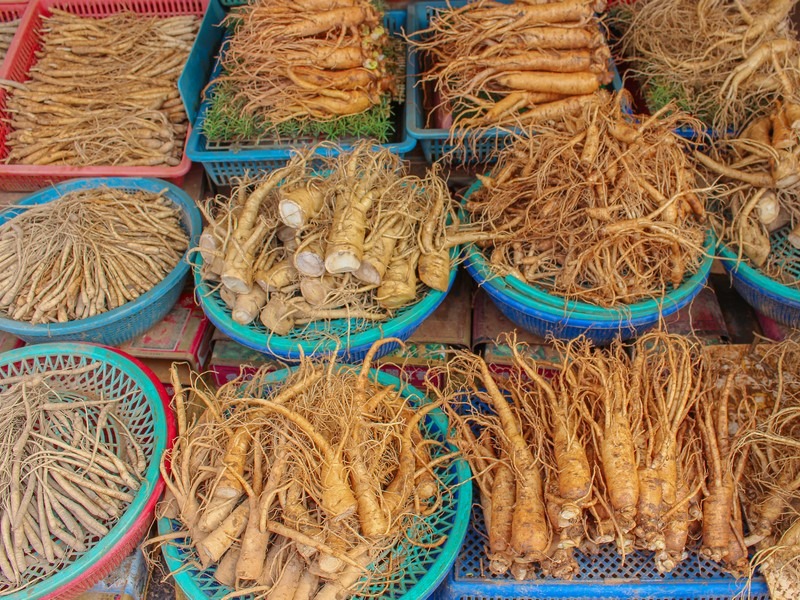
If you visit traditional herbal markets like Yangnyeongsi Herbal Medicine Market in Seoul or the market of the same name in Daegu, you’ll find so many roots, rhizomes, stems, barks, fruits, leaves, and seeds piled high.
- The History
- What is Hanbang and Hanyak?
- Is Hanyak covered by insurance in Korea?
- What is Sasang?
- Korean traditional medicine ingredients
(This post contains affiliate links, which means I receive a certain percentage of a sale if you purchase after clicking at no cost to you. Thank you for your support.)
The History
Traditional Korean medicine can be traced back to the legend of Dangun, the myth about Korea’s foundation. In it, there is a story about a tiger and a bear who wanted to reincarnate into human form and so they ate wormwood and garlic. Wormwood and garlic are described as ‘edible medicine’ showing that medicinal herbs were given as curatives.
Of note, wormwood and garlic aren’t shown in the ancient Chinese herbology showing that Korean traditional medicine and Chinese traditional medicine practices were developing separately and uniquely to themselves.
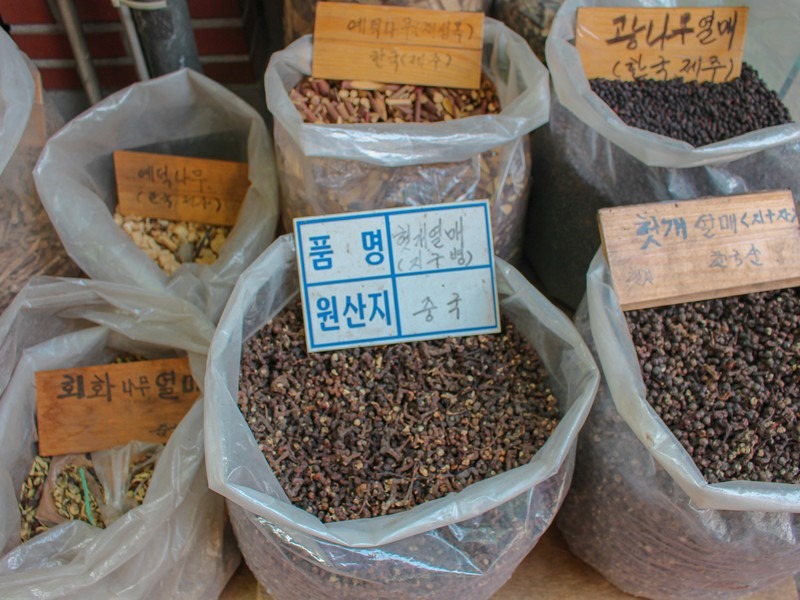
The Uibaksa, a public office of medicine, was established during the Three Kingdoms period from 57BC to 668AD and during this time traditional medicine because it’s own discipline. It was during the Three Kingdoms period that Chinese traditional medicine and Indian traditional medicine practices were also adopted in Korea.
The oldest extant medical treatise, Hyangyakgugeupbang (향약구급방), or First Aid Prescriptions Using Native Ingredients, was written in the Goryeo period from 918 to 1392, but it was with the completion of the Donguibogam (동의보감) by Heo Jun, traditional Korean medicine really reached its pinnacle during the Joseon Dyansty from 1392 to 1910.
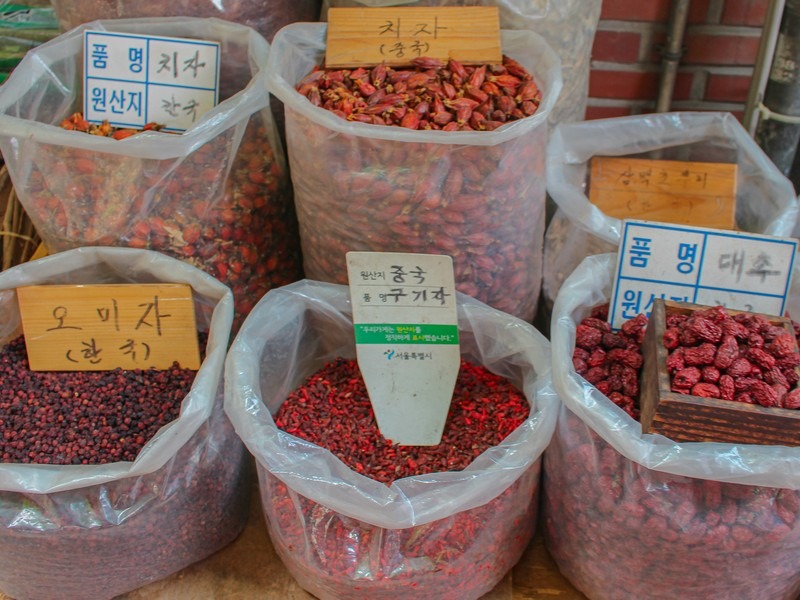
Kings and scholars in the Joseon Dynasty believed that medicine played a vital role in peoples lives and helped them to be healthy and productive. The Uibangyuchi (의방류취), an extensive encylopedia of traditional Korean medicine was created in 1445 followed by the Donguibogam in 1610 which set the standards for the medicine during Joseon.
After the publication of Donguibogam, Yi Je Ma introduced the idea of Sasang constitution medicine or Sasang typology (사상의학). Yi would analyze a person’s body constitution in terms of their biophysical traits like body structure, facial appearance, personality, and behavior and then classified these into four types: taeyang, taeeum, soyang, and soeum. You’ll still find this in Korea today.
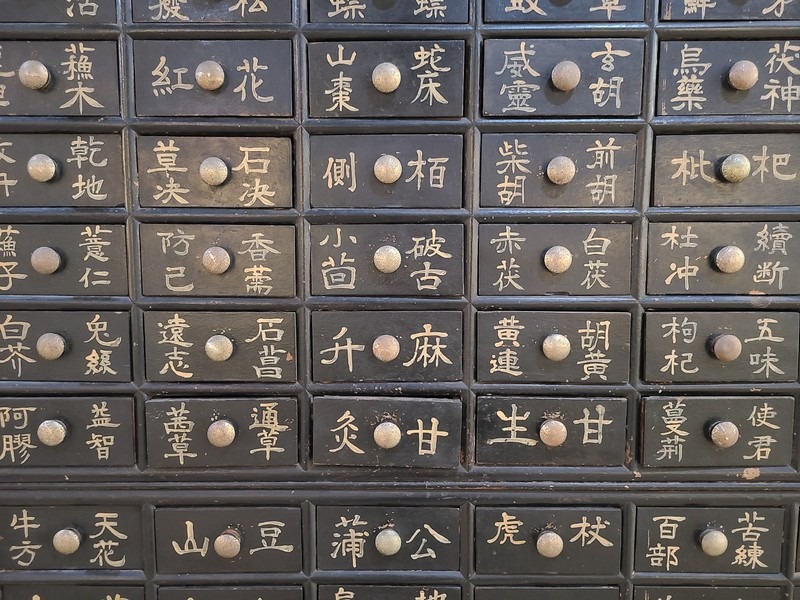
What is Hanbang and Hanyak?
If you’ve been in Korea for some time, you’ve probably come across the term “Hanyak” and/or “Hanbang” at some point. It’s actually a current trend in Korean beauty as well. Hanbang (한방) is the traditional Korean approach to wellness and Hanyak (한약) is herbal medicine. These practices can be traced back thousands of years in Korea as noted above.
If you teach, you might hear your students sputter a bit when they hear the term ‘Hanyak’ because it doesn’t always taste that appealing. It’s quite bitter usually. Older people swear by it though and you can visit Hanbangs to get your own personalized Hanyak concoction.
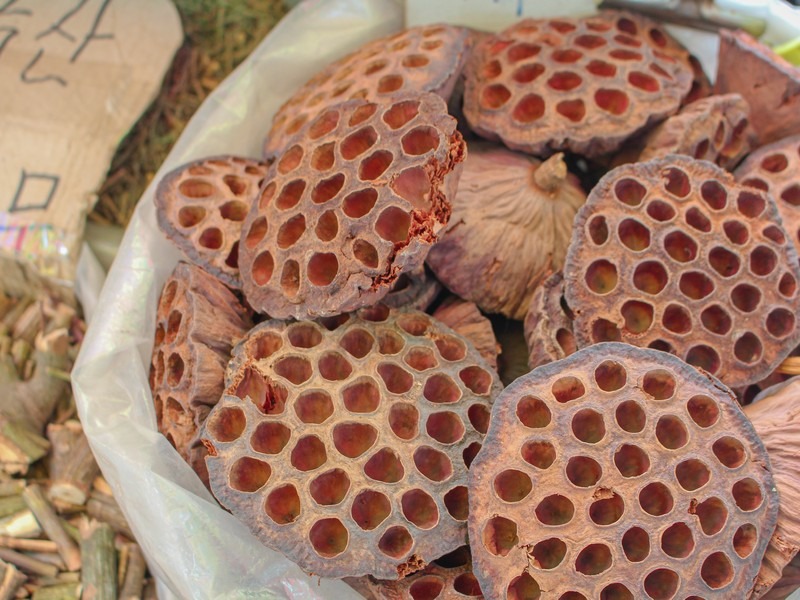
Hanyak is an effective way to bring your body back to equilibrium. Korean traditional medicine takes a holistic approach and seeks to help the body maintain homeostasis. If we don’t have homeostasis, we lose control of body functions and can have an excess or lack of different substances or elements in our body. This may come in the form of heat, cold, dampness, dryness, water, phlegm, or something else.
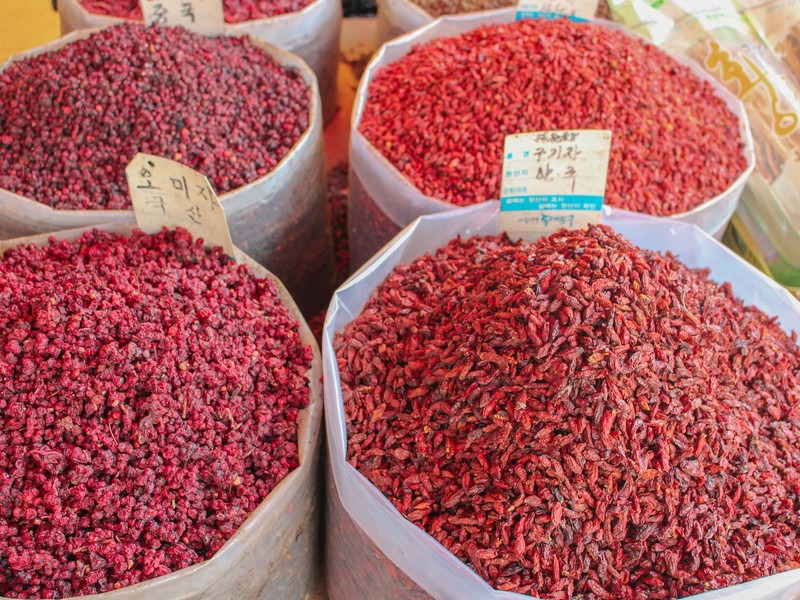
Hanyak is generally used to treat common issues like stomach pain and headaches, arthritis, infections and even some cancers. It should be noted that Hanyak can also have adverse affects which is why it’s important to understand what the herbs are good for and consult a traditional and licensed Korean medicine doctor.
Today, there are many Koreans who use Hanyak in conjunction with western style medicines for an overarching approach.

Is Hanyak covered by insurance in Korea?
The use of holistic care is so ingrained in Korean culture, that Hanyak is covered by national insurance, though not quite as well as the western medicine practices. Herbal extracts based on good manufacturing practices have been covered by national healthcare since 1987. The Korean Ministry of Food and Drug Safety introduced the Good Manufacturing Practice (hGMP) for herbs in 2012 and made it mandatory in 2015 to regulate the industry and guarantee herbs are manufactured by licensed facilities.
Traditional medicinal practices are widespread and you can find them almost everywhere. They’re very common to visit for various ailments and again, often are used in combination with western medicinal practices.

What is Sasang?
In traditional Korean medicine there is something called Sasang, or the Four Constitutions as I mentioned earlier. Sasang is a unique concept to Korean traditional medicine. These are taeyang (태양), or greater yang, taeeum (태음), or greater yin, soyang (소양), or lesser yang, and soeum (소음), or lesser yin, and people are categorized into them based on their traits like body structure, facial appearance, personality, and behavior. These types are even further divided into 8 and 16 types. Knowing which Sasang you have helps to find the appropriate food and medicine to ingest.
The idea of sasang suggests that even if patients suffer from the same illness, they would need different herbal medicines to be treated. The close relationship of our state of mind with our physical wellbeing and health. You can find the idea of Sasang throughout Korea and Koreans will often already know which type they are.
If you visit a place like the Resom Forest & Have9 Healing Spa in Jecheon, they even have a Sasang healing spa. They’ll go through a variety of questions to help you figure out your Sasang type, if you don’t already know it, so that you can properly utilize the various baths in the spa.
Korean traditional medicine ingredients
As of 2019, there are 601 kinds of herbs and materials included in the “Korean Pharmacopeia” and “Korean Herbal Pharmacopoeia”. If you’d like to read an in depth guide to different medicinal plants in Korea and their uses, the WHO has uploaded a book called “Medicinal Plants in the Republic of Korea” which you can download for free to learn more.
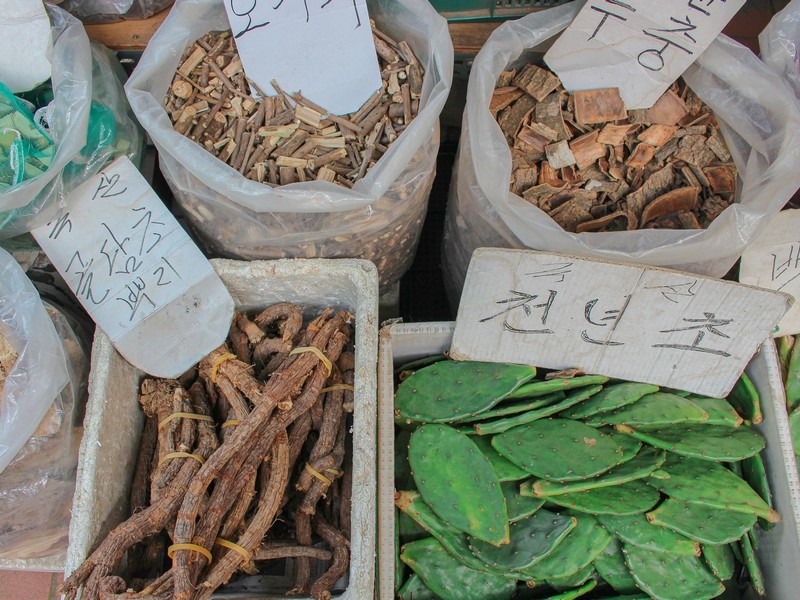
Below you’ll find some of the more common and interesting herbs and medicines you can find at the herbal medicine market. You can also visit the Seoul K-Medi Center to learn more about these and other holistic approaches.
Medicinal Plants
Dong Quai Root: The root of Korean angelica contains aromatic-tumerone which is responsible for the sweet and spicy taste of this root. It is known to be highly nourishing for the blood, good for blood circulation, and effective in pain relief.
Tumeric: This perennial herb belongs to the ginger family. You’ve probably seen this one before as it’s responsible for the yellow color of curry. Tumeric is known for having anti-cancer effects and hydrates the skin, improves skin tone, and prevents freckles.
Cnidium: This root is used to treat headaches, anemia, and female related pain. Cnidium is known to be an effective sedative, pain reliever, and boosts energy. This also used to be placed in closets often as the strong aroma would keep moths away.
Fish Mint: This herbaceous perennial plant got its name from the fishy smell of its leaves. It’s a powerful antibacterial plant making it ideal for detoxifying skin as well as promoting cell regeneration which makes it great for treating acne and atopic dermatitis.
Hawthorn: Hawthorne is well known to be an excellent remedy for indigestion. This plant is used to treat upset stomachs caused by eating too much meat as well as abdominal pain, vomiting, diarrhea, acid reflux, and chronic enteritis.
Poria mushroom: This fungus usually grows on the roots of pine trees that have been dead for three years. It has diuretic properties which makes it effective in treating kidney diseases, cystitis, urethritis, and edema.
Magnolida Bud: You’ll notice these buds every spring in Korea. Magnolia buds are known to be effective for treating nasal congestion, stroke, and chills as well as relieving various symptoms including headaches, sinus congestion, runny nose, body aches, and phlegm. These buds are also excellent for relieving toothaches.
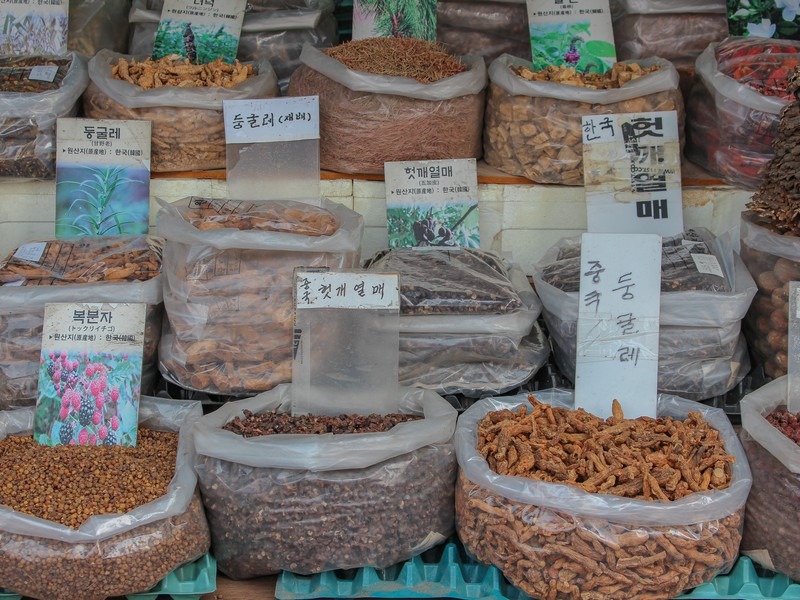
Special Medicinal Ingredients
Velvet antler: Velvet antler refers to an antler in a pre-calcified growth stage. I the spring, deer shed their fully developed and hardened antlers and begin sprouting new ones. New antlers are then cut after 60 to 70 days of growth when they are covered in a velvet like hair. They are an excellent remedy for kidney problems and fatigue. FYI, cutting the antlers does not harm the deer. Some deer begin growing new antlers almost immediately after the old ones have been shed.
Antlers: While both antlers and velvet antlers are found on all members of the deer family, they differ in terms of what they’re good for. When antlers are fully grown they become hard and the velvet begins to fall off. Antlers consists mostly of calcium, phosphorus, and other minerals and are effective for treating bone fractures.
Cauliflower Mushroom: Cauliflower mushrooms contain beta glucans which are capable of boosting the immune system making this type of mushroom an effective treatment for chronic inflammation and also used to slow down and prevent the development of cancer.
Phellinus Linteus: This medicinal mushroom grows on mulberry and contains large amounts of high quality polysaccharides and protein. It’s highly effective for boosting the immune system and preventing cancer as well as detoxifying the body. Mainly used for medicinal purposes and made into teas, it can also be cooked with.
Chaga: This fungus grows on Birch trees. It’s highly effective for the immune system and diabetes. Chaga is usually dried and powdered to make tea.
Musk: Musk is obtained from the musk pod and known to be effective for improving blood circulation and brain function. Musk has a calming effect.
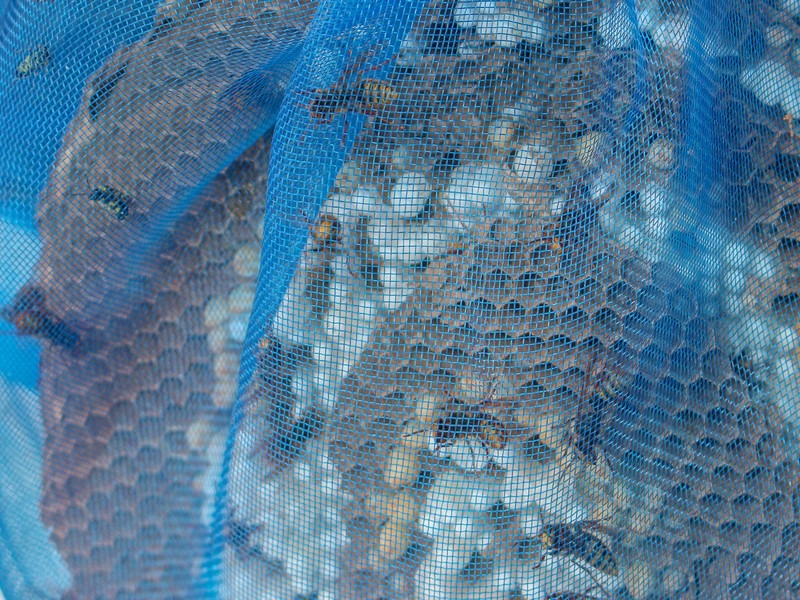
Animal and Mineral Ingredients
Dried Chicken Gizzard: Chicken gizzards are used to treat the loss of appetite, indigestion, vomiting, bloating, and abdominal distention due to digestive problems. They’re also effective for treating incontinence.
Dried Earthworms: Dried earthworms have a cold and salty taste. They’re known to be especially good for alleviating fever and soothing a sore throat they’re also used to treat irregularities in the menstrual cycle.
Cinnabar: This bright red mineral is known to work well for heart issues like rapid heartbeat, irregular heart rhythm, and insomnia. It is used to promote mental stability.
Aurum: This is known as an effective remedy for anxiety and stress relief and is used for detoxification. It also helps to control seizures and stimulates hematopoiesis, promoting the blood circulation and mental health.
Natural Copper: Natural copper targets the liver to help improve blood circulation and is effective for treating bone fractures, chronic indigestion, and swelling.
Pearl: Pearls are used to improve eye health especially as a treatment for styes and vision problems. They are known to have a calming effect and are great for bloodshot eyes and dim vision caused by liver inflammation, anxiety, canker sores, and cuts and other wounds of the mouth.
Toxic Medicinal Ingredients
Gingko Biloba Seeds: Considered a toxic medicinal ingredient, Gingko biloba seeds taste sweet, bitter, and astringent and have a nice balance along with a small amount of toxin. They are effective in treating chronic cough, asthma, and reducing phlegm. They are recommended to be taken 4-5 per day rather than one large amount all at once.
Pharbitis Seeds: Also a toxic medicinal ingredient, the seeds of the morning glory stimulate bowel and bladder movements, help remove parasites, and eliminate waste from the body.
Aconitum: Another toxic medicinal ingredient, aconitum tastes spicy and sweet and classified as a ‘yang’ food according to the principes of yin and yang. Aconitum is known to be effective for reversing extreme metabolic decline and treating neuroparalysis and rheumatoid arthritis.
There is a lot to learn about Korean traditional medicine and a lot more ingredients to remember too but this is a good start to learning about holistic and traditional medicine in Korea.
Did you like this post? Pin IT!
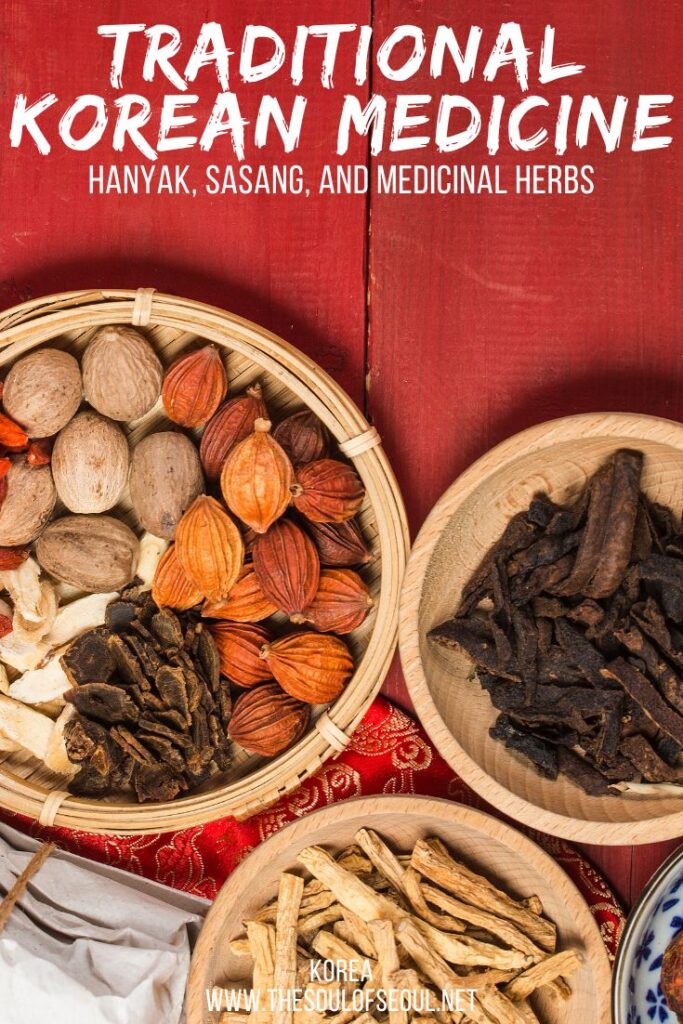
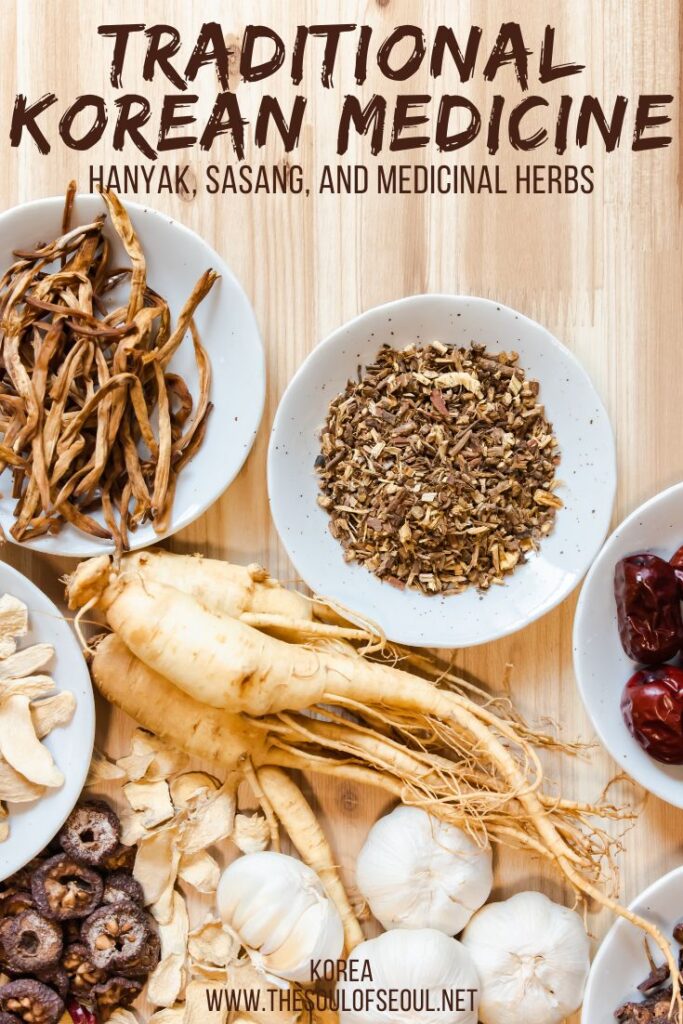
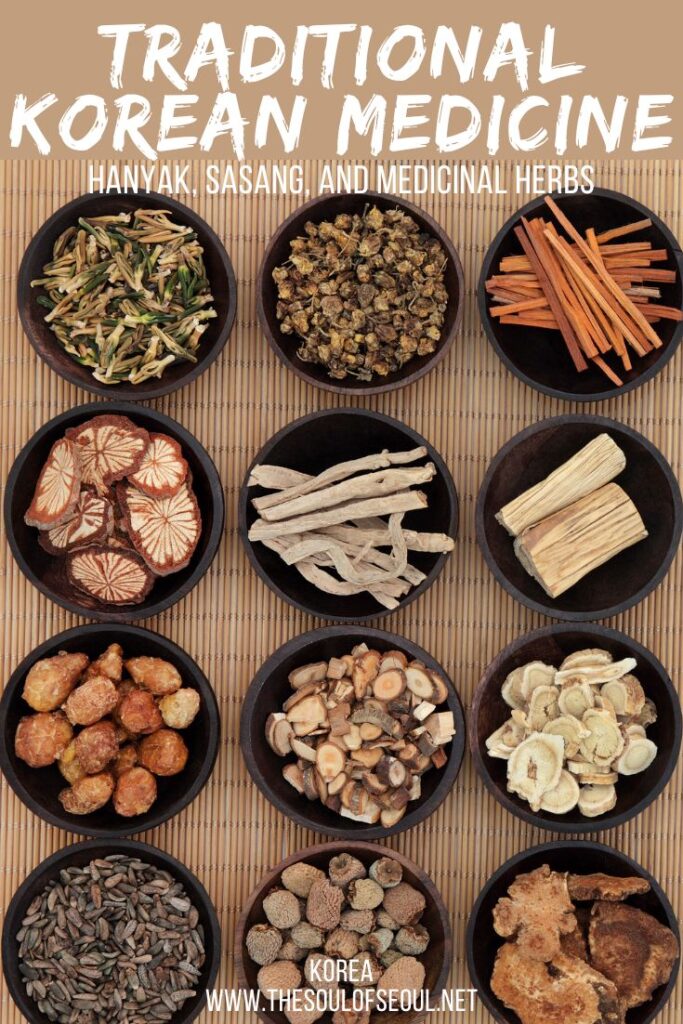

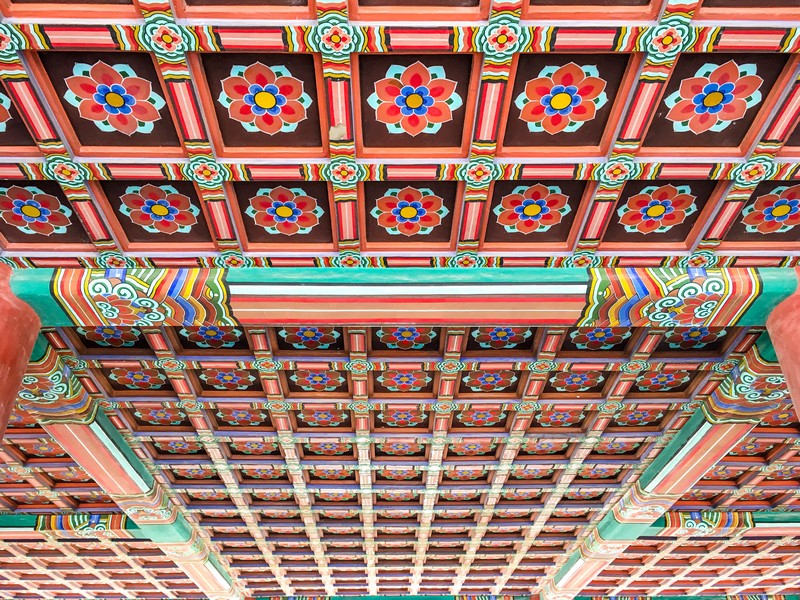



2 Comments
Mariacristina Chiesa
hello, I’m studying herbalism in Belgium, but I’m interested also in other approach about herbal medecine, is there a way to follow some traditional herbal courses, programs in South Korea?
Thanks for letting me know.
Jane
Sign me up